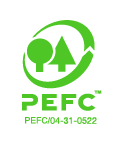European Timber
Jungle Gym climbing frames and playhouses are made from high quality pine wood from Northern European forests. This wood comes from coniferous trees such as Pine, Spruce and Douglas fir. In robust dimensions and with the right specifications, these woods are the ideal building material for a solid and durable climbing frame. Given its good technical properties, natural appearance and durability makes it a first class material for climbing frames, playhouses and swings.
Robust Timberparts
All solid Jungle Gym timberparts are carefully selected, cut to length and smooth planed. The extra sturdy dimensions or our play set posts are unique in relation to the commonly used dimensions within the industry, so we can ensure a solid, robust construction and years of safe play fun.
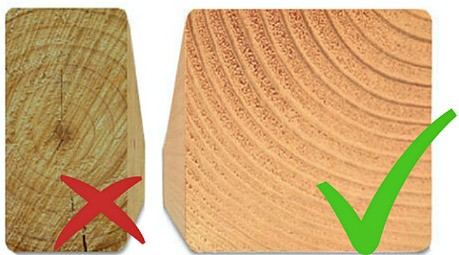
Wood Species
You can choose from impregnated standard Pine or premium Douglas. Both types of wood originate from sustainably managed northern European forests and have been guaranteed to the first owner for 10 years against wood rot. See the table below for a comparison of the two different wood species.
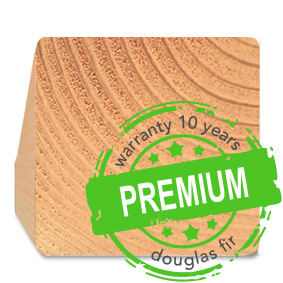 |
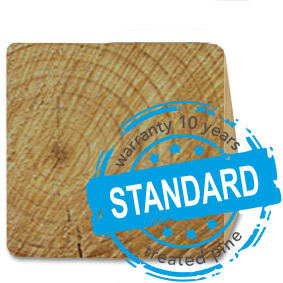 |
|
|---|---|---|
Wood Characteristics |
Premium Douglas | Standard Spruce/Pine |
| Sustainability | ||
| By nature wood rot resistant | ||
| Protected against wood rot by impregnation | ||
| Long lifespan | ||
| Backyard climbing frames: 10 years warranty | ||
| Commercial playground equipment: 5 years warranty | ||
| Maintenance | ||
| Water-resistant and water-repellent | ||
| No painting required | ||
| Grayed and weathered without maintenance | ||
| Environmental friendliness | ||
| Derived from responsible forest management | ||
| Local European production | ||
| No chemical treatment | ||
| Recyclable | ||
| Construction | ||
| Solid robust wood dimensions | ||
| Superior strength and stiffness | ||
| Europe's hardest pine | ||
| Cut to length with rounded long sides | ||
| Quality | ||
| No toxic substances or allergens | ||
| Limited resin and splinter formation | ||
| Delivered dry, dimensionally stable and packaged | ||
| Luxurious natural look |
Sustainability
The wood for Jungle Gym climbing frames to make the climbing frames and playhouses is PEFC certified. These are international non-profit organizations which promotes sustainable forest management through independent third party certifications.This ensures that your Jungle Gym is made of wood from sustainable forests with consideration for people, wildlife and the environment. After all, trees are our most valuable natural source; they generate the oxygen that we breathe, are vital for millions of animal species and protect our climate.
Warranty on Timber
All Jungle Gym play equipment is accompanied by a timber pack made out of Douglas or impregnated Pine. These timberparts are resistant to weathering and wood rot. We are convinced of our quality and therefore we guarantee these parts during 5 years against wood rot. Within the warranty period, the affected wooden parts delivered by us will be replaced free of charge under the conditions our assembly instructions are followed, no alterations to our designs have been made and installation is done according to our prescriptions.
Wood Characteristics
Wood is a natural product and all parts therefore have their own specific characteristics. Every tree, every piece of wood is unique. Natural variations in structure, irregularities and appearance will show up in time. One should think of fading of color, small deviations in dimensions, deformations, knots, resin pockets and cracks. These are related to the wood specie and are authenticity features that give solid wood its natural beauty. These natural properties of wood have no effect on the physical and mechanical integrity of your climbing frame.
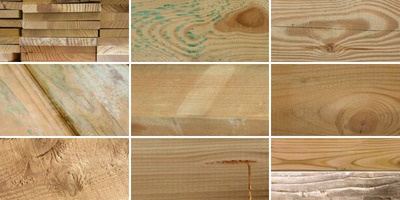
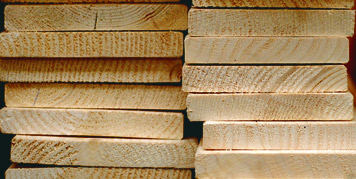
Divergences
Wood reacts to changes in humidity by changing its volume. In extreme dryness it shrinks, i.e. it reduces
its volume. This is a specific characteristic that is unavoidable. Depending on the moisture content of
the wood the wood parts can work differently and it can lead to dimensional deviations (up to 10%) and
deformations.
Tip: To ensure an exact fit, the wooden parts are not pre-drilled.
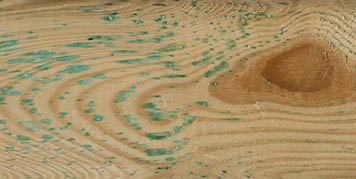
Green spots
During impregnation, the wood is coloured green by the copper-containing preservative. In places where
resin is present in the wood, this becomes extra visible in the form of green spots and the formation of
salt crystals. This is common and occurs with all impregnated wood. After being exposed to the sun for a
few weeks, these will disappear by themselves. From that moment on it is possible to stain the wood, if
desired.
Tip: Lightly sand highly contaminated areas with the supplied sanding
block!
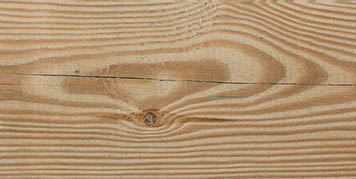
Deformations
Wood is a natural product and in some cases can expand, shrink or even split. Wood reacts to changes in
humidity with a change in volume. This inevitably leads to cracks and deformations. This is a specific
property of wood that cannot be prevented. These cracks and deformations do not affect the strength and
do not form a basis for complaints.
Tip: Cracks with a length of up to ¼ of the wood
length and ¼ of the cross-section are not mechanically relevant!
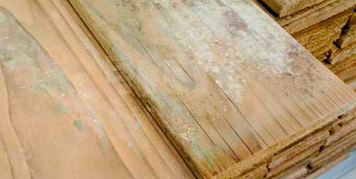
Mildew
Impregnated wood is very moist. Especially in warmer seasons the wood is susceptible to mildew or mould
during drying. This shows itself as white spots on the wood surface. These fungi do not affect the
quality or strength of the wood and they are not harmful to health. These external imperfections on the
product disappear by themselves, but are also easy to remove manually.
Tip: After
delivery, remove any protective film to prevent condensation from forming underneath the film, which
will cause stains and mould on the wood.
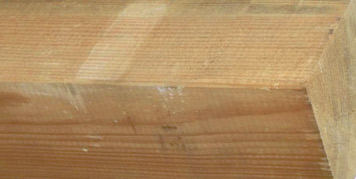
Discolorations
During impregnation, drying and storage, wooden parts may be covered by the stacking on the pallet or
packaging. Other parts, on the other hand, are exposed to light. Light causes a reaction in the wood as
well as in the preservative, which first turns brown and then discolours and fades locally.
Tip: After being exposed to sunlight for a few weeks, the wood of the playground is given a
uniform colouring.
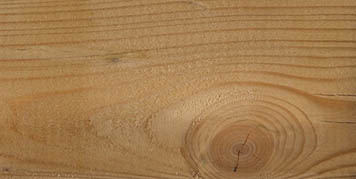
Knots
Knots may occur in the selected wood. A knot is a round, oval or irregular form of harder and dark wood at the place where a branch had grown. Knots, annual rings, cracks and small imperfections belong to the natural properties of wood and therefore give it its own specific character.
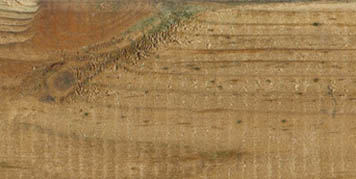
Irregularities
Rough spots and splinters may occur on some wooden parts. Despite careful selection and production, some of these rough spots cannot be avoided. Depending on the type of wood, these rough spots occur mainly around the knots and at the ends. These aesthetic defects form an inseparable part of wood and they do not affect its strength and do not justify complaints.
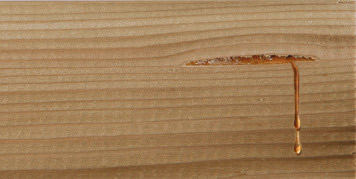
Resin
All coniferous species contain resin. Due to the effect of sunlight it is possible that in the first year
resin will come out of the fresh wood. The sticky leaked resin can crystallize to the wood surface
taking on a yellowish color. These processes are natural and are considered normal.
Tip: Resin can easily be removed by scraping it off with a sturdy brush or putty knife. If
necessary, you can also use a special alcohol-based resin removal agent.
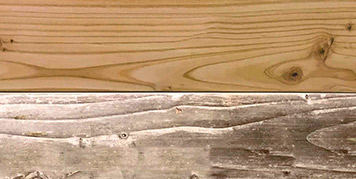
Maintenance
The colour of the wood changes gradually over time as a result of weathering and the effect of UV
radiation. Impregnation is a protection against wood rot and not a decorative finish. This natural
ageing has no effect on durability and does not lead to a loss of wood quality. If you want to preserve
the original colour of the wood, you can treat it with a special wood oil or stain / water-based paint /
varnish. It does protect wood rot, aging, insects and some cracking.
Tip: The darker
the colour chosen, the less visible the natural aging is.
